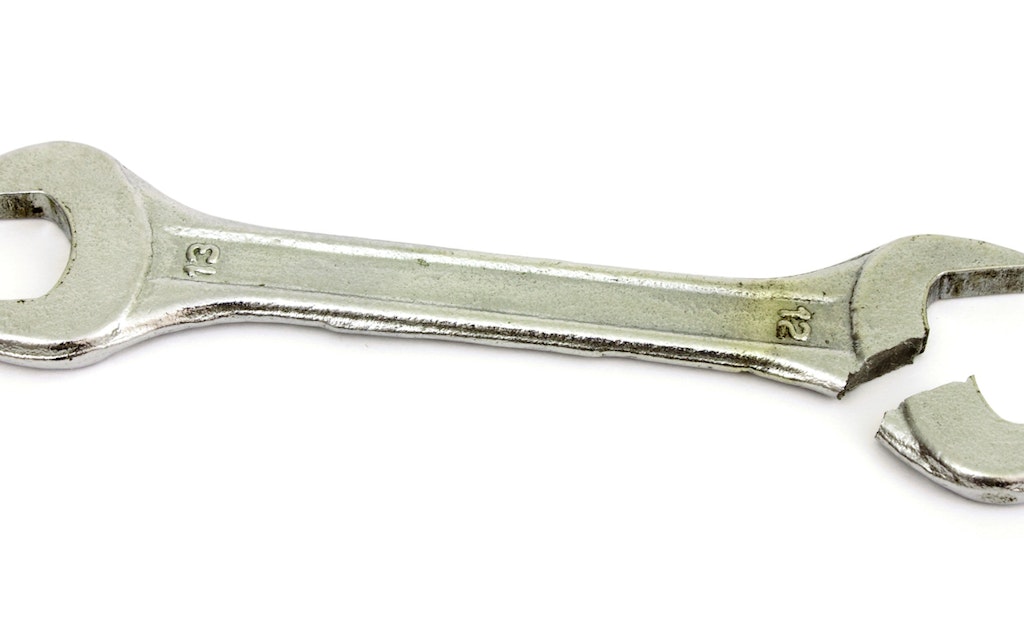Interested in Sewer/Drain Cleaning?
Get Sewer/Drain Cleaning articles, news and videos right in your inbox! Sign up now.
Sewer/Drain Cleaning + Get AlertsOne of the more interesting things that we’ve learned in General Pipe Cleaner’s 90-year history as a machine manufacturer is that you can neatly place our customers on a bell curve in regard to how often they break their stuff.
A bell curve is a type of graph used in statistics to illustrate a situation with “normal distribution,” which is is when you have a few people on one end of a spectrum, a few people on the other end of that spectrum, and a lot of people in the middle. For example, when we first started selling camera systems, we noticed that some operators never broke their units, and others seem to break them every week. Most of our customers were somewhere in between.
When we asked the users that never seemed to break their equipment how they did it, they all told us that they were very particular about how they used their machines. Not just their cameras — everything they owned. They claimed it was the way they were using the equipment that made all the difference.
As a general rule, these customers are all more patient and careful when operating their units. They don’t force the push rod or snake or jetter hose down the line with brute force. They stay within the functional limits of the device they are operating and treat the machine with respect. They all do more than the average amount of routine maintenance after the job is completed, and they store their machines in a dry, safe space.
Recently we did a blog on Michael Jackson, a plumber from Indiana that bought one of our cable machines in 2003 and is still using the original cables. When you hear stories like his, your first response might be to ask: Is this a learned behavior or a character trait? Can I train my staff and myself to get the same results? The answer seems to be, yes and yes. Yes, this is a learned behavior, and yes, training will help. In fact, we’ve found that sharing best practices and modeling correct usage of a machine can make a huge difference in preserving the life of your equipment. In future posts we’ll get specific about sharing best practices so that you can get the most out of your equipment.
Why is this important? Imagine if you only broke half as many snakes as you do now. Imagine that your camera system only spent half as much time in the shop as it does now. Imagine that you got twice the life out of your jetter hose as you do now.
Moving you and your staff to the far end of the bell curve could save you thousands of dollars a year in lost revenue. Let us know how we can help.
For more information, contact the Drain Brains at General at 800-245-6200, or email info@drainbrain.com.
Visit the General Pipe Cleaners Storefront






